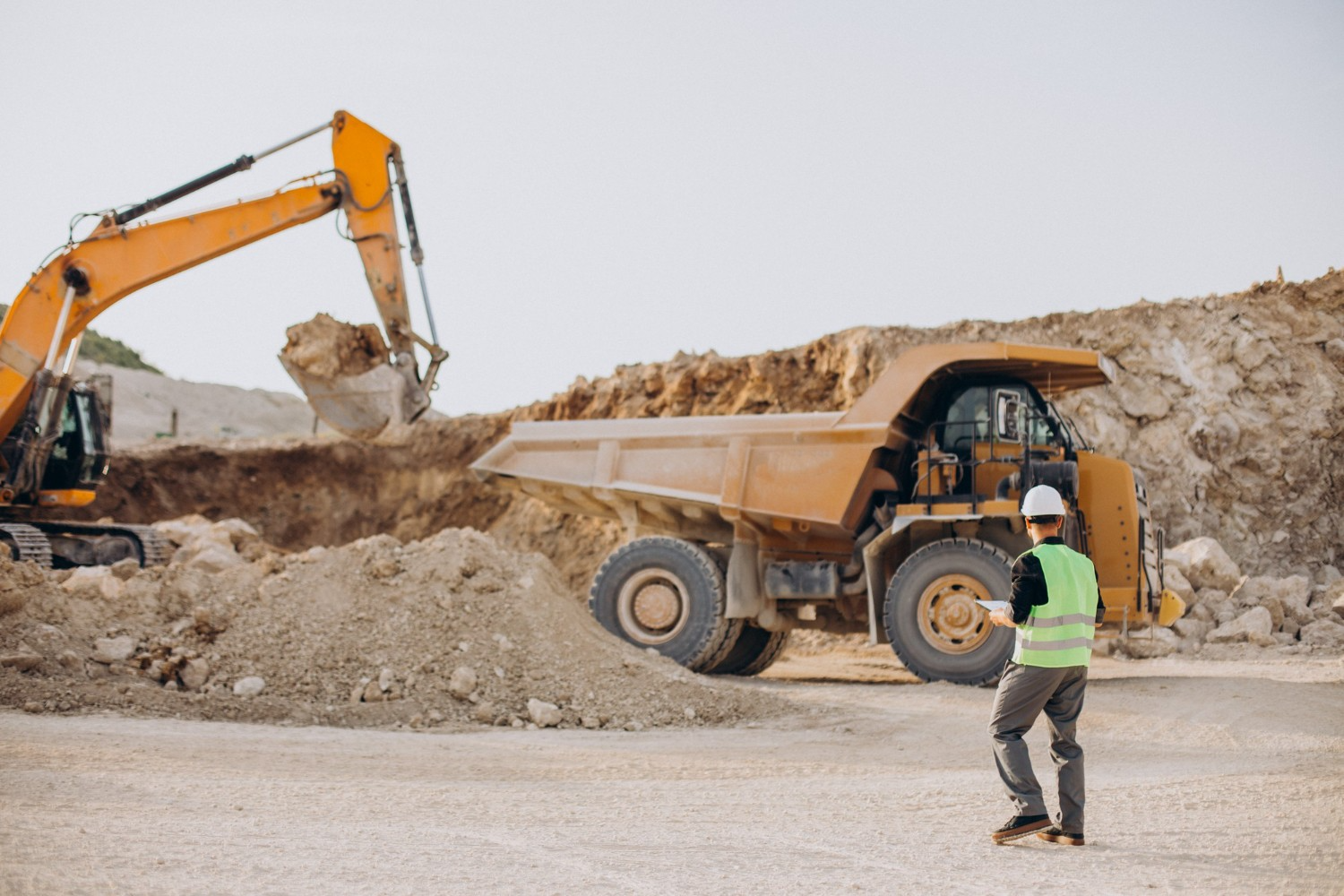Just before first blast, a maintenance fitter stops. The new haul truck “sounds fine”, but the vibration in the cab feels wrong, maybe half a beat off the usual pattern. One person flags it. The inspection catches a fastening issue that could have escalated by mid-shift. Nothing dramatic, just a quiet save that never makes a report.
Mining is built on rock mechanics, ventilation, critical controls and relentless discipline. But the sector also runs on how differently people think and how strongly they’re connected to one another and to the communities around the mine.
Neurodiversity recognises that people perceive risks, patterns and problems in different ways. Social capital is the trust and co-operation that let teams act on those insights quickly and communities engage constructively over the long haul.
In creative industries, these ideas are common. In mining, they’re often treated as peripheral. They’re not.
What this looks like for a mine:
1. Safety through different eyes: Critical controls work best when many perspectives scan for weak signals. Here, we talk about an unfamiliar echo in a stope, a subtle shift in ground conditions, a pattern in telemetry others miss. Valuing diverse cognitive styles makes hazard identification broader and earlier, exactly where prevention pays.
2. Productivity through belonging: Where crews trust each other and feel respected by supervisors, handovers are cleaner, conflicts are resolved faster, and short-interval control actually sticks. Social capital shows up in fewer stoppages, tighter compliance, and steadier throughput.
3. Communities as partners, not spectators: Roads, clinics, water schemes, and supplier development are stability infrastructure. When local networks are strong and a mine engages consistently, grievances surface earlier and solutions are co-created, reducing the risk of protests, delays, and reputational damage.
4. Human insight with automation: Autonomous fleets, digital twins, and sensor networks expand what we can see. But machines don’t know which anomalies matter to this geology, this shift plan, or this community context. Neurodiverse analysts and supervisors add the interpretive layer that turns data into decisions.
5. Legacy reframed as regeneration: Every operation leaves a footprint. Programmes that convert tail end capacity into local enterprise, skills, and infrastructure build social capital that outlasts the orebody. That shifts the narrative from extraction to renewal and strengthens a mine’s licence to operate.
Practical moves leaders can make:
Recruit for difference, not just experience: Include problem-solving tasks in hiring. Ask candidates how they notice anomalies and escalate.
Formalise ‘weak signal’ reporting: Make it easy and expected to raise hunches early, and close the loop so people see action.
Measure the glue: Track handover quality, cross-shift collaboration, and grievance resolution time alongside OEE and TRIFR.
Open the data: Put key dashboards where crews can see and interpret; reward teams for insight, not just output.
Invest beyond the fence: Build supplier pipelines and community partnerships that are useful now and resilient post-closure.
The biggest untapped reserve in mining may not be underground. It’s the ingenuity of diverse minds and the strength of human connections that make complex systems safer, more productive, and more legitimate. The “people dimension” isn’t peripheral to engineering excellence and rather enables it.
Leaders can build these capabilities deliberately through structured practice. That’s the focus of Red & Yellow Creative School of Business’s Postgraduate Diploma in Creative Leadership. In mining, as in leadership, competitive advantage often comes from seeing hidden value where others see only rock.


